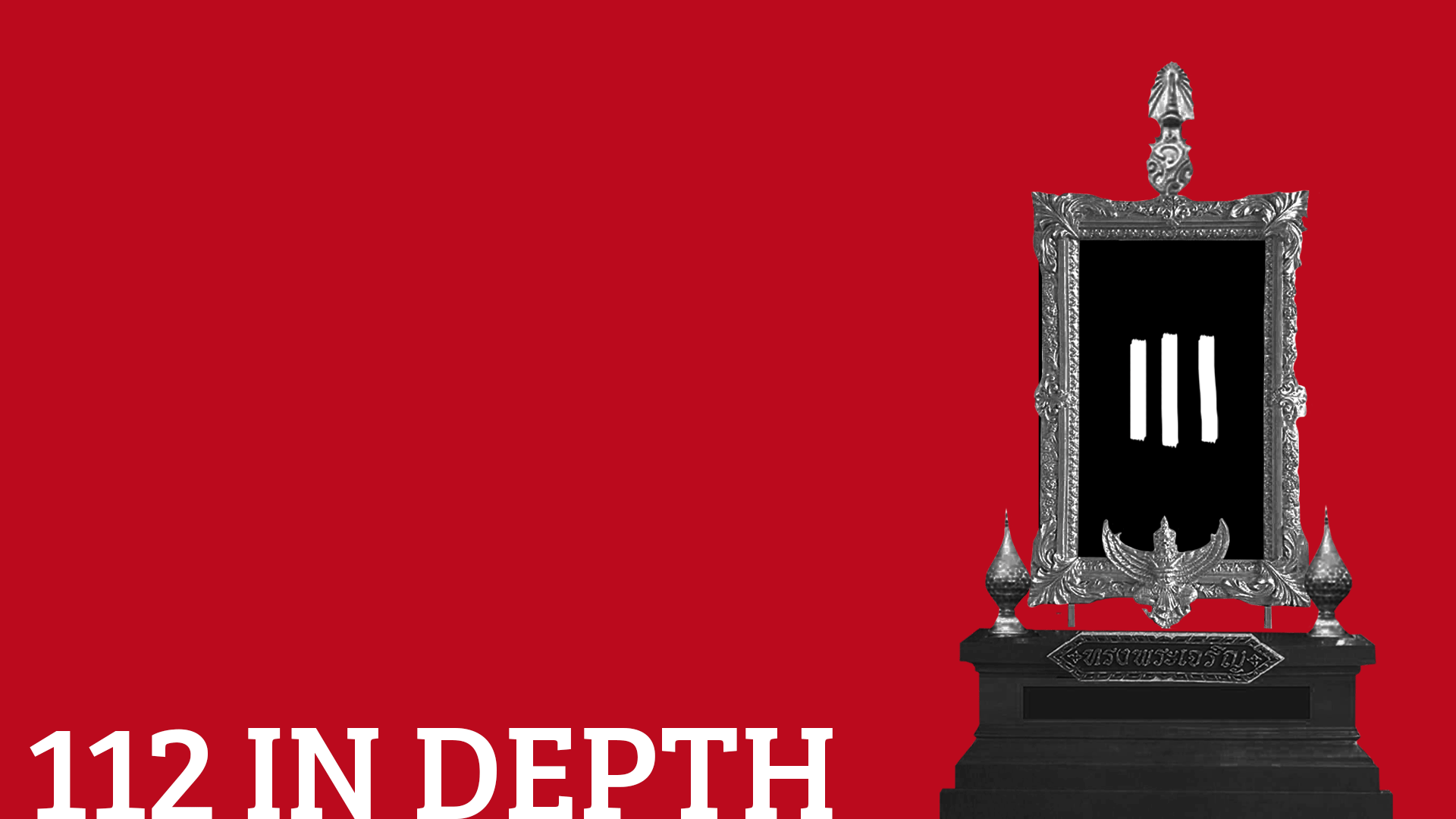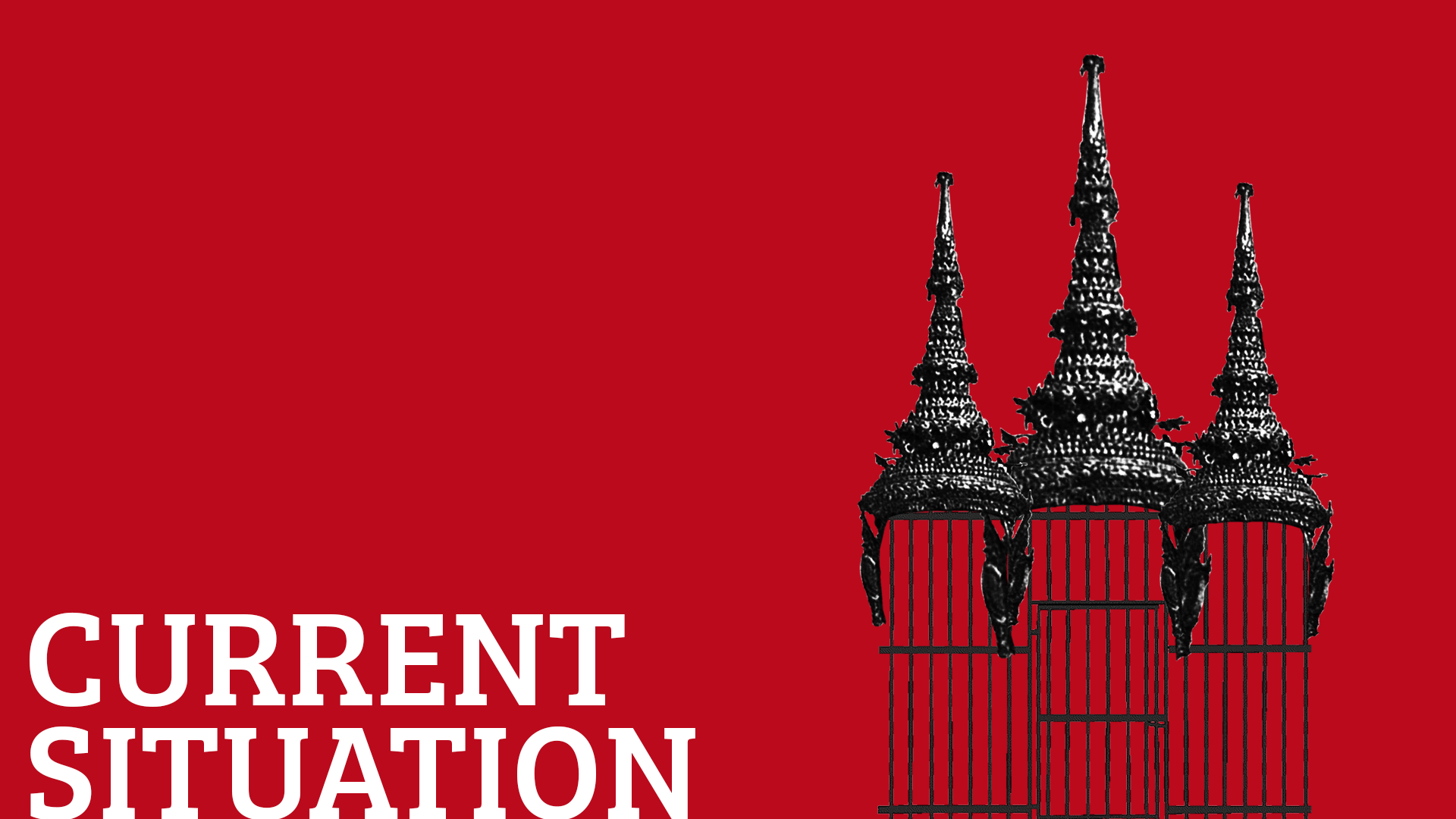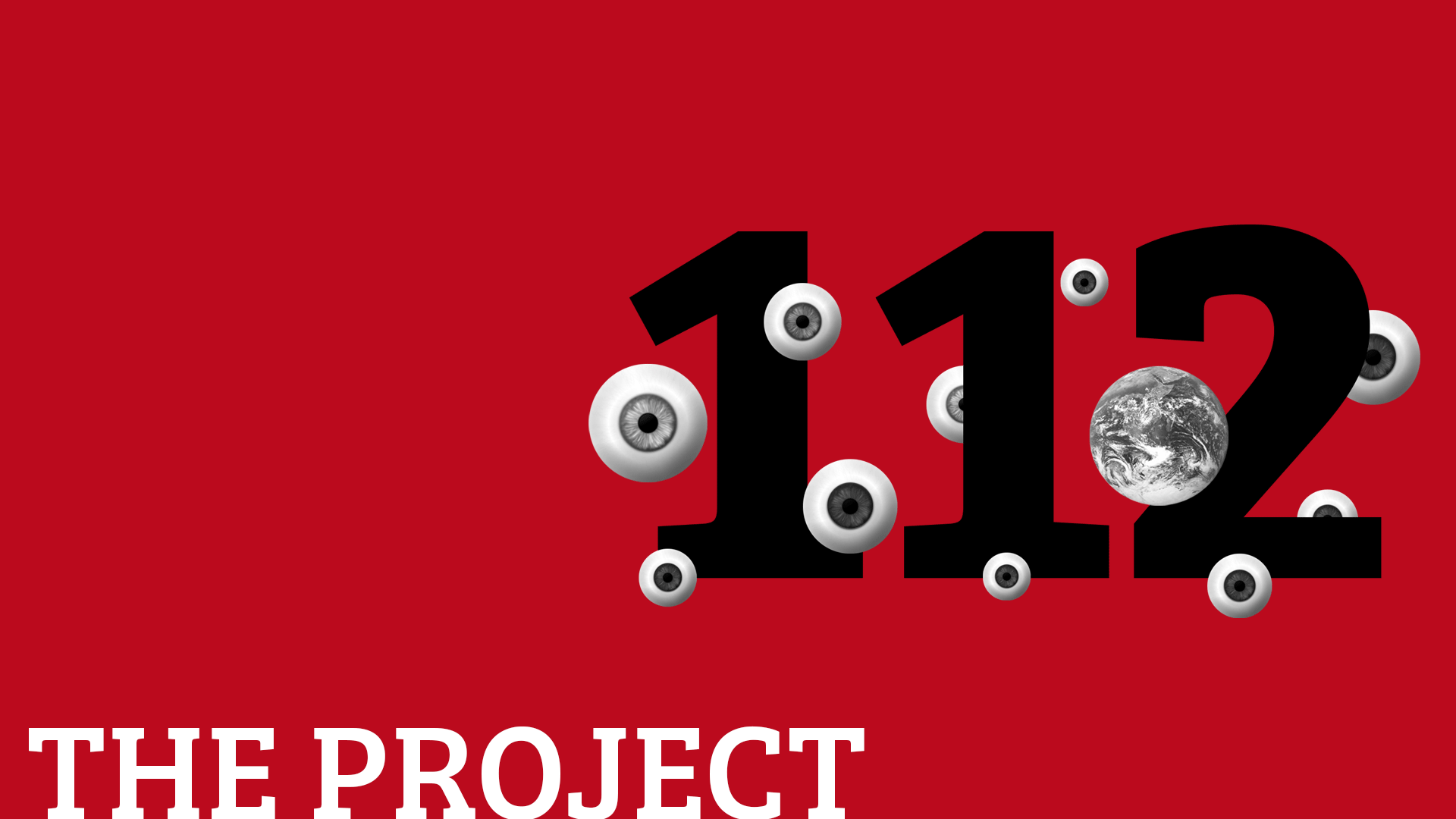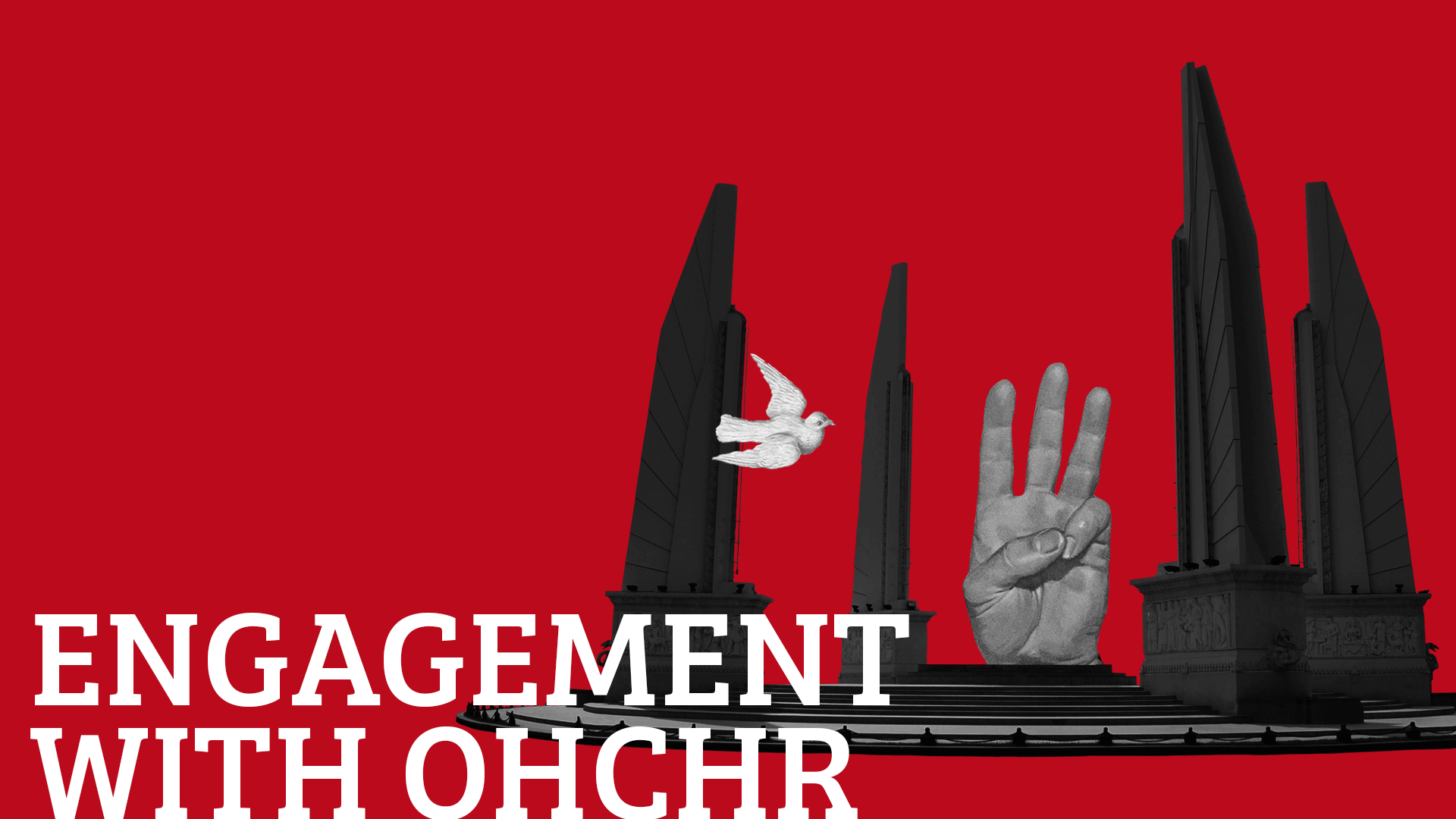
When Military Training Becomes 'Royal Assassination'
Only by holding both monarchy and military leadership directly accountable for the calculated nature of this systematic killing can we prevent future generations from facing military service that functions as state-sanctioned human sacrifice.
June 5, 2025
The torture-murder of an 18-year-old conscript at Nawamin Camp exposes a lethal institutional failure that cuts to the heart of Thailand's power structure. With 21 training deaths since 2011, we face a devastating question: When a military that serves as the monarchy's traditional guardian systematically murders its own recruits while royal-appointed commanders maintain calculated silence, are we witnessing institutional breakdown or the monarchy's tacit acceptance that conscript lives are expendable for preserving hierarchical order?
The Royal-Military Death Pact
Thailand's military doesn't merely serve the state—it functions as the monarchy's historical protector and legitimizing force, creating a deadly symbiosis where both institutions bear direct responsibility for systematic violence against conscripts. The monarchy and military leadership must be held accountable not as separate entities but as co-architects of a system that transforms young men into sacrificial offerings for hierarchical preservation. When systematic killing occurs in institutions that derive legitimacy from royal connection, the monarchy's silence becomes active complicity in murder. The throne's failure to intervene in systematic military violence reveals a calculated decision that conscript lives are acceptable losses for maintaining royal authority.
The exposure of how the monarchy and military have created what Hannah Arendt would recognize as "administrative massacre" filtered through hierarchical tradition. The military's systematic violence doesn't reflect mere institutional psychopathy—it reveals how royal authority has transformed murder into ritual enforcement of monarchical order. Each conscript death serves dual purposes: maintaining military culture while reinforcing the broader hierarchical system that sustains royal legitimacy. Both institutions are equally culpable in creating conditions where human sacrifice masquerades as national service.
The military's systematic consumption of its own recruits reflects institutional cannibalism that serves both military tradition and royal authority. The monarchy's silence regarding systematic military violence constitutes what legal scholars call "command responsibility"—when authorities possess knowledge of systematic crimes yet fail to prevent or punish them, they bear direct criminal liability. Royal silence transforms from mere indifference into active enablement of systematic killing. Both the throne and military leadership have created parallel accountability structures that operate independently of democratic oversight, making both institutions directly responsible for perpetuating deadly violence.
The profound moral bankruptcy revealed when civilian courts must intervene exposes the complete collapse of accountability within institutions that claim royal legitimacy while operating death camps. This transfer of jurisdiction represents more than military failure—it indicts both the monarchy and military leadership for creating systems where legitimate discipline becomes systematic torture. The monarchy's historical protection of military impunity makes the throne equally responsible for every conscript death that followed predictable patterns of violence.
The victim's background illuminates how both monarchy and military exploit class hierarchies to maintain their symbiotic relationship through systematic violence. Young men from less privileged backgrounds volunteer for military service seeking social mobility, only to encounter institutions that treat their lives as expendable resources in maintaining both military culture and royal hierarchical order. The military operates a lethal confidence scheme with royal blessing, promising advancement while delivering systematic brutality that serves to reinforce rather than challenge existing power structures. Both institutions are equally culpable in this predatory exploitation of vulnerable populations.
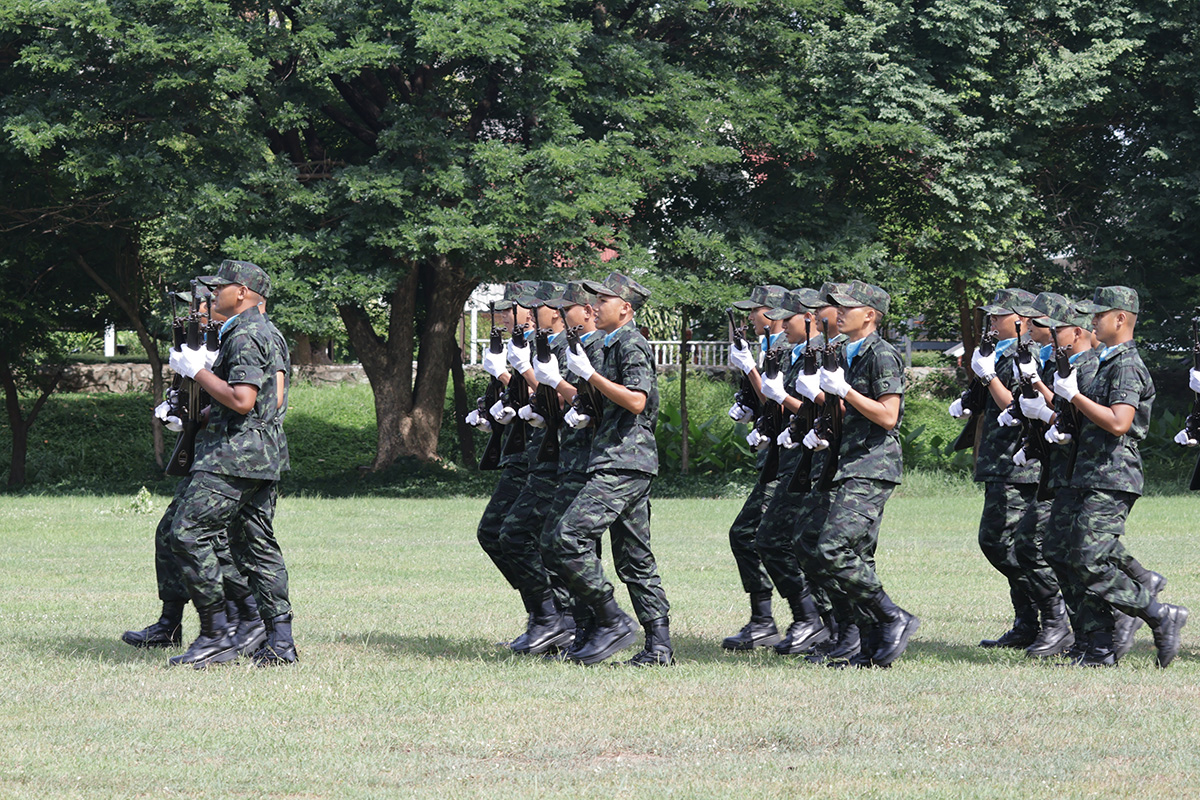
21 Bodies, Zero Accountability
Here lies the most damning evidence of institutional complicity: the monarchy and military have created what amounts to a human trafficking operation disguised as national service. Think about the grotesque mathematics of this system. For over a decade, both institutions knew with statistical certainty that sending young men to Nawamin Camp carried a higher probability of death than deploying them to active combat zones. Yet they continued feeding conscripts into this meat grinder with the calculated precision of a slaughterhouse operation. This isn't incompetence—it's premeditated murder with quarterly body counts that both institutions accepted as the cost of doing business.
The monarchy's complicity becomes crystal clear when we examine the institutional response to each death. Every time a conscript died, both the throne and military leadership had a choice: shut down the killing machine or oil its gears with silence and cover-ups. They chose systematic concealment over systematic reform, transforming each subsequent death from tragic accident into deliberate murder. The palace's silence didn't just enable the next killing—it ordered it through institutional inaction that both institutions knew would produce more corpses.
Consider the perverse economic incentives that both institutions created around conscript deaths. Military commanders who presided over training fatalities faced no career consequences, while those who implemented reforms that might challenge traditional brutality risked career suicide for disrupting established hierarchies. The monarchy's blessing of this inverted reward system created institutional Darwinism where the most brutal commanders thrived while ethical leaders were systematically eliminated. Both institutions essentially created career advancement structures that rewarded systematic killing while punishing human decency.
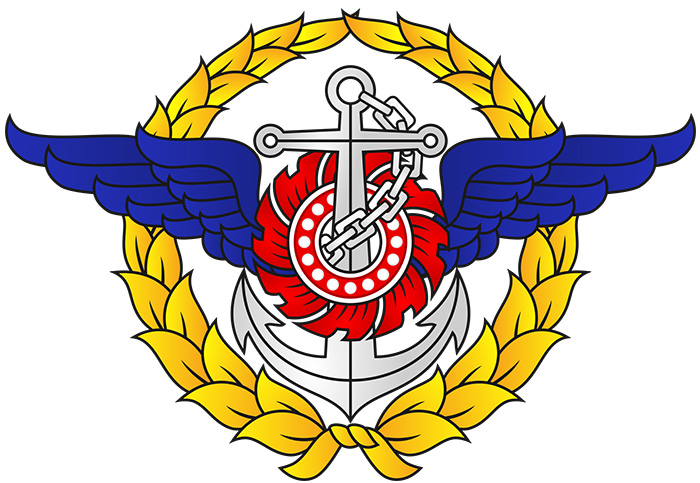
The Corpse Assembly Line
The most chilling aspect of this systematic murder lies in how both monarchy and military transformed conscript deaths into routine administrative events. Death became so normalized those military bureaucrats developed standardized procedures for managing corpse disposal, family notifications, and media suppression. The monarchy's machinery seamlessly absorbed each killing into routine palace operations, treating murdered conscripts as minor administrative inconveniences rather than human beings whose deaths demanded royal accountability. This bureaucratization of murder reveals how both institutions had moved beyond mere negligence into active participation in systematic killing operations that functioned with industrial efficiency.
The monarchy's silence regarding systematic military violence creates what scholars term "legitimacy laundering"—where royal association provides moral cover for institutional brutality. When the throne fails to condemn systematic murder in institutions claiming royal connection, royal silence becomes tantamount to royal endorsement. This silence transforms individual deaths into sacrificial violence that serves hierarchical maintenance through demonstration of absolute power over subordinate lives. The monarchy bears direct responsibility for every death that its silence enabled and legitimized.
The statistical reality of training camps is more dangerous than warfare demands accountability from both institutions. When peaceful preparation consistently produces more casualties than armed conflict, we're witnessing dysfunction so profoundly it reveals how both monarchy and military have prioritized hierarchical preservation over human life. Both institutions are equally responsible for creating conditions where military culture became completely divorced from defense function, instead serving ritual violence that maintains royal authority through systematic intimidation.
The broader implications expose how both monarchy and military have created autonomous zones of violence that operate independently of democratic oversight. When military organizations develop cultures of systematic killing protected by royal association, they represent institutions that pursue hierarchical preservation rather than national objectives. Both the throne and military leadership are equally culpable in creating parallel authority structures that enable systematic murder while maintaining public facades of benevolent governance.
The conscript's death illuminates how both institutions have corrupted fundamental relationships between protectors and protected. Military training theoretically operates on principles of experienced leaders developing junior personnel, yet both monarchy and military leadership have enabled these relationships to devolve into systematic predation. The throne's silence and military leadership's active participation make both institutions equally responsible for transforming protective relationships into predatory ones that serve hierarchical maintenance rather than national defense.

No Crown Above Justice
The successful civilian prosecution provides legal precedent, but lasting accountability requires confronting how both monarchy and military have historically enabled systematic violence. Both institutions must be held equally responsible for abandoning practices that systematically destroy human resources while maintaining facades of legitimacy and professional competence. The young conscript's murder represents systemic failure that exposes how both traditional and military authority structures have enabled systematic killing while maintaining public facades of benevolent governance.
Only by holding both monarchy and military leadership directly accountable for the calculated nature of this systematic killing can we prevent future generations from facing military service that functions as state-sanctioned human sacrifice. The monarchy's failure to condemn systematic military violence makes the throne equally complicit with military leadership in transforming conscript service into a deadly lottery that serves hierarchical preservation rather than national security. Both institutions bear equal responsibility for systematic murder disguised as traditional duty and national defense.
Prem Singh Gill
Prem Singh Gill is a Visiting Scholar in Universitas Muhammadiyah Yogyakarta, Indonesia, and in Thai Public Universities
